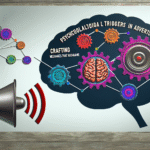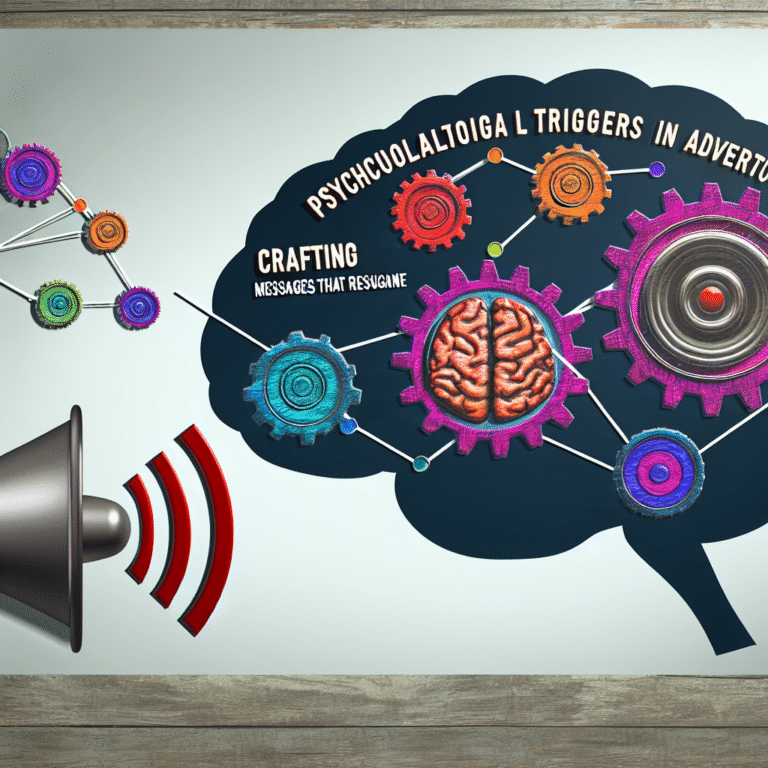
Introduction
Have you ever marveled at athletes dodging opponents or musicians hitting just the right notes in perfect harmony? Those jaw-dropping moments aren’t just luck; they are the result of extraordinary lightning reflexes. Understanding the science of reaction time can unlock your potential, whether in sports, professional endeavors, or everyday life. In this article, we’ll delve deep into Lightning Reflexes: The Science Behind Reaction Time and How to Improve It, providing you with valuable insights and practical strategies to enhance your own reaction times.
Understanding Reaction Time
What is Reaction Time?
Reaction time, the interval between the presentation of a stimulus and the response to it, is a crucial component in many activities ranging from sports to everyday tasks. It can be broken down into three stages:
- Perception: Recognizing the stimulus.
- Decision: Determining the appropriate response.
- Action: Executing the response.
The Importance of Reaction Time
Studies suggest that an individual’s reaction time can be a predictor of performance in various fields. Athletes, for instance, rely on quick responses to seize opportunities, while professionals in high-stakes environments, like surgeons or pilots, need split-second decision-making capabilities.
The Science of Lightning Reflexes
Let’s explore how the brain processes information and cues the body for reactions.
- Neural pathways: Information travels from sensory receptors to the brain through neural pathways, which can be improved through practice.
- Cognitive processes: Your brain’s ability to respond quickly is influenced by factors like attention, motivation, and fatigue.
Case Studies: Real-World Applications of Reaction Time
Case Study 1: Athletes and Reaction Time
A study highlighted that elite athletes, particularly in sports like tennis and soccer, possess distinct advantages in reaction time. Researchers found that professional tennis players could return serves almost instantaneously due to years of focused practice. This not only highlights the role of lightning reflexes but also indicates that reaction time can be significantly improved.
Analysis: This case illustrates the importance of practice and conditioning, emphasizing that consistent training can lead to notable enhancements in reaction time.
Case Study 2: Surgeons and Precision
Surgeons undergo rigorous training to minimize reaction times during operations, especially in life-and-death scenarios. A study in the Journal of the American Medical Association found that experienced surgeons had reaction times up to 25% faster than novices, correlating with their enhanced surgical precision.
Analysis: The ability to make quick decisions is vital in healthcare, demonstrating that deliberate practice can have profound implications not only in competitive fields but also in medical emergencies.
Case Study 3: Video Game Players
Research from the University of Toronto indicated that regular video gamers have reaction times approximately 20% faster than non-gamers. This can be attributed to their enhanced spatial awareness and pattern recognition skills gained through gameplay.
Analysis: This case supports the idea that environmental factors and activities—like gaming—can shape and improve lightning reflexes over time.
Improving Your Reaction Time
Techniques to Enhance Reaction Time
Cognitive Training: Engaging in puzzle games and cognitive tasks can sharpen decision-making abilities.
Physical Conditioning: Exercises that focus on agility, such as plyometrics and interval training, can help you respond quicker.
Mindfulness and Focus: Practicing mindfulness can enhance your attention, allowing you to respond more effectively to stimuli.
- Drills and Practice: Consistent practice in relevant skills (like sports drills) significantly sharpens both sensory processing and motor responses.
Utilizing Technology
Leveraging advancements in technology can also provide structured ways to enhance your reaction time:
- Apps and Games: Numerous applications are designed explicitly to train reaction times through engaging exercises.
- Wearable Devices: Fitness trackers and smartwatches that incorporate reaction time tests can give immediate feedback on your progress.
Nutrition and Lifestyle Choices
The foods you consume and your overall wellness can affect cognitive function and, subsequently, reaction time. A diet rich in omega-3 fatty acids, antioxidants, and proper hydration promotes optimal brain function.
Tables: Key Factors Influencing Reaction Time
| Factor | Impact on Reaction Time | Action Steps to Improve |
|---|---|---|
| Age | Increases with age | Engage in regular cognitive training |
| Health Status | Chronic conditions slow reaction | Maintain overall wellness |
| Sleep Quality | Poor sleep negatively affects | Prioritize sleep for optimal brain function |
| Practice Frequency | Increases familiarity and speed | Commit to daily drills |
Conclusion
Reaction time is more than just a measure of speed; it’s a complex interplay of cognitive processes and physical readiness. Developing lightning reflexes through a combination of cognitive training, physical workouts, and intentional practice can benefit anyone, from athletes to professionals in high-pressure jobs. By understanding Lightning Reflexes: The Science Behind Reaction Time and How to Improve It, you empower yourself to sharpen an essential skill that can elevate performance across various aspects of life.
Motivational Takeaway
Set your goals high! Incorporating small, daily practices can lead to a noticeable improvement in your reaction times over weeks and months. Your journey toward lightning reflexes is not just about speed; it’s about mastering your responses and owning your potential.
FAQs
What is the average reaction time for adults?
The average reaction time for adults is about 200-250 milliseconds.
Can I improve my reaction time at any age?
Yes, with practice and activity adaptations, individuals of any age can enhance their reaction times.
How often should I practice to see improvements?
Regular practice, ideally at least three times a week, can yield noticeable results over time.
Do video games actually help with reaction times?
Yes, studies show that action video games can enhance spatial awareness and improve reflexes.
What role does sleep play in reaction time?
Sleep is critical for cognitive function; inadequate sleep negatively affects both decision-making and reaction times.
By understanding and implementing the insights from Lightning Reflexes: The Science Behind Reaction Time and How to Improve It, you can take actionable steps toward enhancing your responsiveness in daily scenarios and specialized tasks.

















